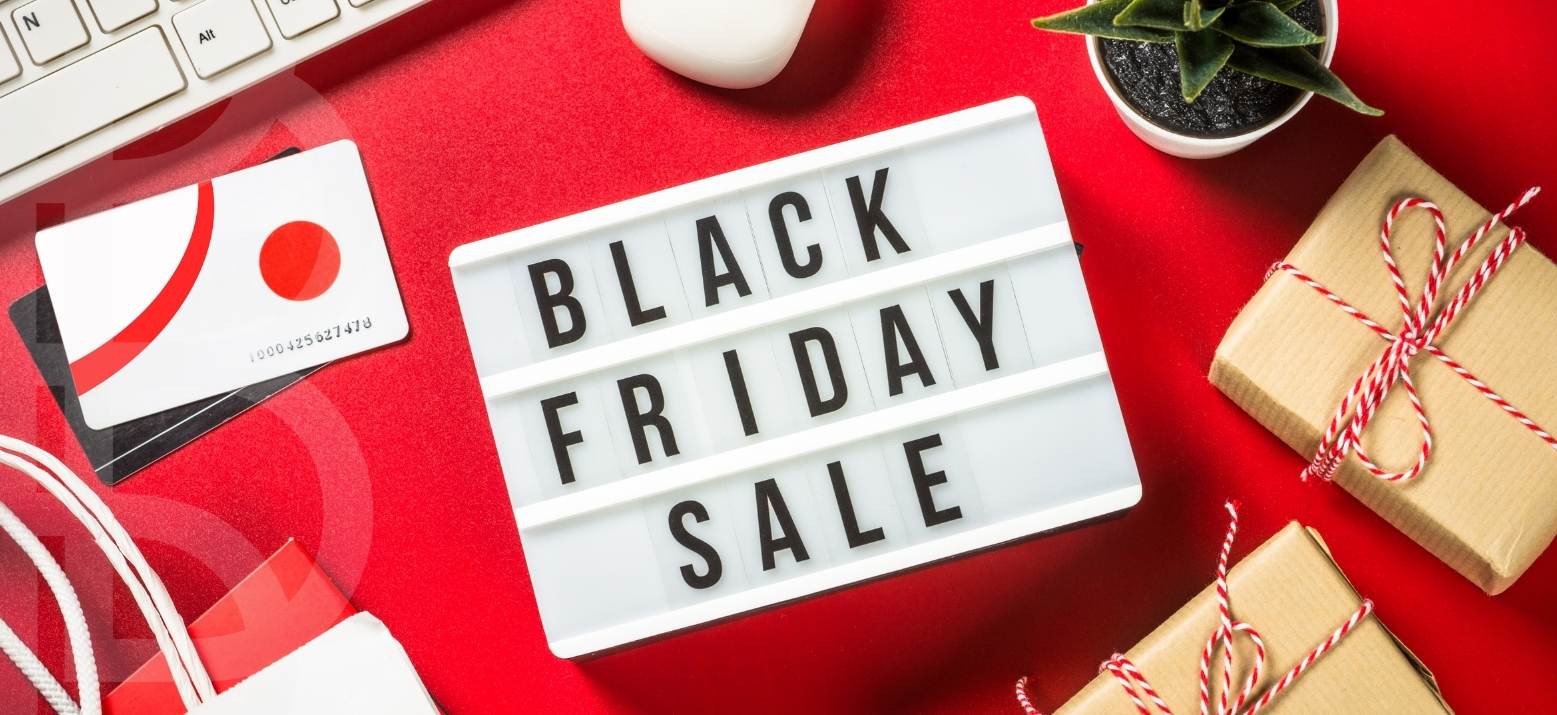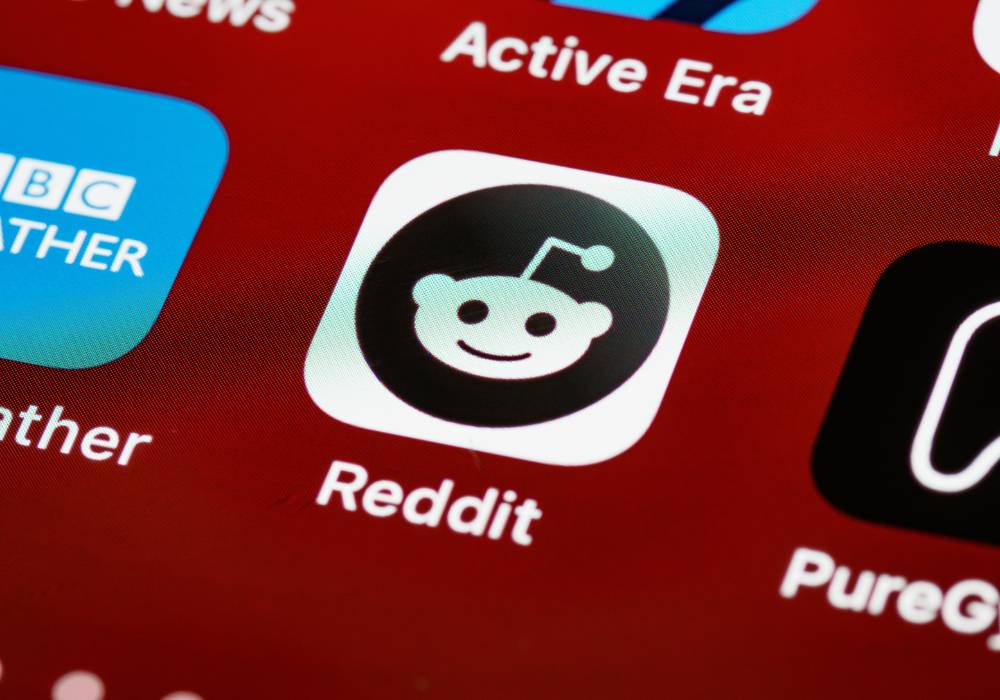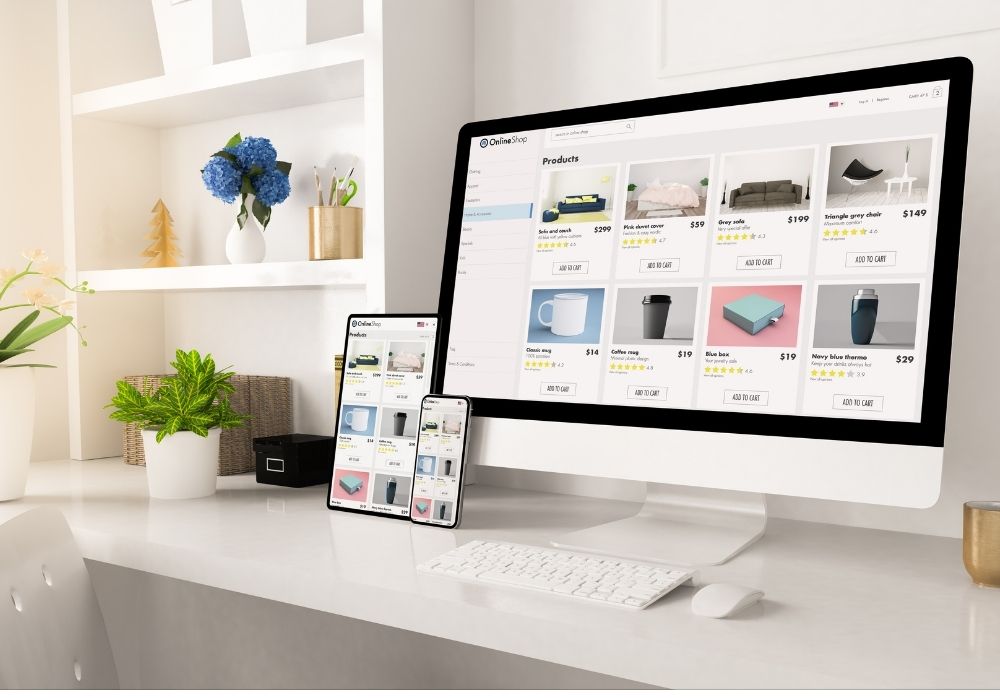Your ecommerce business’ peak selling season will be dictated by the nature of your products to a major extent. Some retailers have a single peak in the calendar year (such as the golden quarter) and some might have several at various times e.g. gift giving occasions, summer, ski seasons etc.
In order to maximise results, the real key is in effective planning preparation so that when each peak season hits, your website and marketing activity are ready for action and demand.
Here’s our tips for planning to help you make your next peak selling season the best it can possibly be.
Learn from previous peak selling experiences
While past performance doesn’t always indicate future reality, it can give you some great clues to learn from for future peak seasons for selling online.
Dig into your website analytics to see which parts of your marketing strategy previously delivered the best results, and what didn’t work at all. Discovering why things succeeded or not could be key to improving results next time.
It’s also worth looking at customer feedback from your last peak selling season too. If you don’t have email or customer survey data on this, try looking back at social media comments from that time, and private messages sent to your brand account, to see what people were asking about or potentially complaining about.
Did you run out of stock at a key point in the selling season? Perhaps there were shipping delays that people complained about? This kind of review can give you really valuable information about issues you need to overcome next time and make sure that you don’t repeat the same mistakes.
Create a dedicated multi-channel strategy for your peak season
While you’ll no doubt have incorporated the peak period into your wider annual marketing plan, making this a lot more granular for your most important seasons means that you’re better placed to cover all avenues and not miss opportunities to maximise sales.
Having a dedicated strategy will involve looking at how all of your channels will interact, complement and amplify each other at this key time (independently to what they do at other times), and make sure that there aren’t bottlenecks that put limits on what you can achieve with sales.
For example, if one campaign hook or piece of activity is being used across the website, social media, digital PR services, email, podcasts and even radio and TV, any delays on content assets or creative will have a negative impact on every single channel. Preparation and planning is vital to things being ready in time to support every element of the strategy.
Having a strategy and plan for this period mapped out will also help highlight any areas of weakness or opportunity in advance, giving you time to work out how to get the best possible return from each kind of activity.
Utilise seasonal landing pages to build SEO authority year-on-year
We’ve long been big fans of seasonal landing pages in ecommerce, because with fairly little effort year-on-year comparatively, they can bring great rewards in the long-term.
Building on the relevance and authority of seasonal landing pages during and in-between the times when demand is high can be achieved by:
- Updating content as and when needed, ensuring it provides something valuable and unique for users
- Ensuring the page meets the needs/answers the questions that your target audience are searching for in the lead up to, and during, peak selling season
- Building relevant links to the page from other authoritative websites (digital PR can help with this!)
Ensure your website is set up for seamless sales on any device
Google is a ‘mobile-first’ search engine, meaning that the way a website appears and behaves to mobile users has a huge influence on organic rankings.
But many online retailers still focus most of their attention on desktop UX, even if their audience is majority mobile. While desktop visitors must absolutely have their needs met by an ecommerce website, neglecting other device users will place a ceiling on your sales during any peak selling period.
A major consideration is the site speed on different devices, and research shows that nearly 70% of consumers say that page speed influences their likeliness to buy, in addition to the ecommerce SEO implications.
The user experience on any device needs to be focused on making purchases straightforward, quick and positive in order to maximise sales.
Prioritise customer service and effective customer communications
With peak selling seasons being so competitive, losing customers to other retailers because your customer services or communications let you down is galling; and almost totally avoidable if you plan ahead to make sure your team are ready and able to do what is needed in a timely fashion.
Social media is a huge part of customer services these days, with savvy shoppers knowing that with a public tweet, they can get a retailer to respond, when often phone calls and other forms of communication result in much slower or even no action.
Making sure your team is fully equipped for peak selling season and the increased demand it brings can make all the difference.
In a similar way, ensuring that you communicate quickly with customers and the wider public if something does go a bit wrong can also play a big role in your success. If you run out of stock of a bestseller – customers are much more likely to wait for you to restock if you can give them a firm date and a reminder email.
Things like shouting clearly about shipping deadlines for peak times such as Christmas, or other events like Black Friday and Valentine’s Day, mean that you can avoid complaints and unsatisfied customers on issues like this.
Happy customers are much more likely to return again in the future.
Incorporate trust signals in the right places of the buyer journey
Planning for peak selling season also means making sure that the buyer journey through your website is streamlined but doesn’t skip important factors like trust signals.
For retailers who don’t have the benefit of being a trusted household name already, incorporating trust signals into the buying and checkout process can make a big difference to your conversion rate.
This might be social proof of sales, award or accreditation badges and even the payment types that you accept. Along with brand reviews and product reviews, these can all make a real tangible difference to sales, despite most shoppers not even consciously noticing them.
Choose the right tools and messaging to maximise conversions
Every business and audience-base is different, so there isn’t going to be a sure-fire method that will convince every online shopper to become a customer.
We’ve included some effective ways that many retailers have found to help maximise sales. All of these will require some set-up time and resource before they can be actioned, so it’s important to incorporate this into your planning phase, well ahead of when needed during the peak demand period.
Countdown timer or stock level messages
Many websites use countdown timers or stock level messages on products to instil a sense of urgency for the potential customer. Like “If you don’t buy it right now, you might miss out!”.
See the below examples on Etsy. Not only offering things such as free UK delivery, the seller also offers discounts, but only for a limited time. This approach might not be right for every retailer, but it can be highly effective on lower ticket items especially, which people are more likely to impulse buy.
Exit intent pop-ups
There are strong arguments both for and against exit intent pop-ups on ecommerce sites.
We’ve all tried to close a browser tab only to have to go and close a pop-up that sprang from nowhere when our mouse moved. Some just find them annoying, but if the offer, discount or other messaging that appears is compelling enough, it could be a trigger for someone to complete a purchase they were otherwise not going to.
You know your audience best and whether this is something they are more likely to love or loathe.
Priority vouchers and discounts for subscribers
Focusing on previous and existing customers as well as trying to drive sales from new shoppers shouldn’t be underestimated as a tactic during a peak selling season, especially as a way to kick-start demand and to get people talking about you online.
Sending exclusive discounts or vouchers to email subscribers (or exclusivity to sales before the general public get access) can start the snowball effect nicely at the beginning of a peak sales period.
Retargeting and cart abandonment emails
Following up with people who have visited certain product pages or added things to their cart before leaving the site without making a purchase are valuable tactics for re-engaging with shoppers, and can be a great way to get more sales over the line if you can offer them a decent incentive to come back to your site and buy.
An ecommerce business that prepares well for peak season and plans their website and marketing strategy accordingly is ideally placed to make the most of the seasonal rush not only this time around, but also in the future. Using every opportunity to gather data and learn from successes and failures could give you a great edge over some of your competitors and make sure that you can build even better results year-on-year.
If you’d like some help with your digital marketing strategy, we’d love to chat! Get in touch using the form below.











